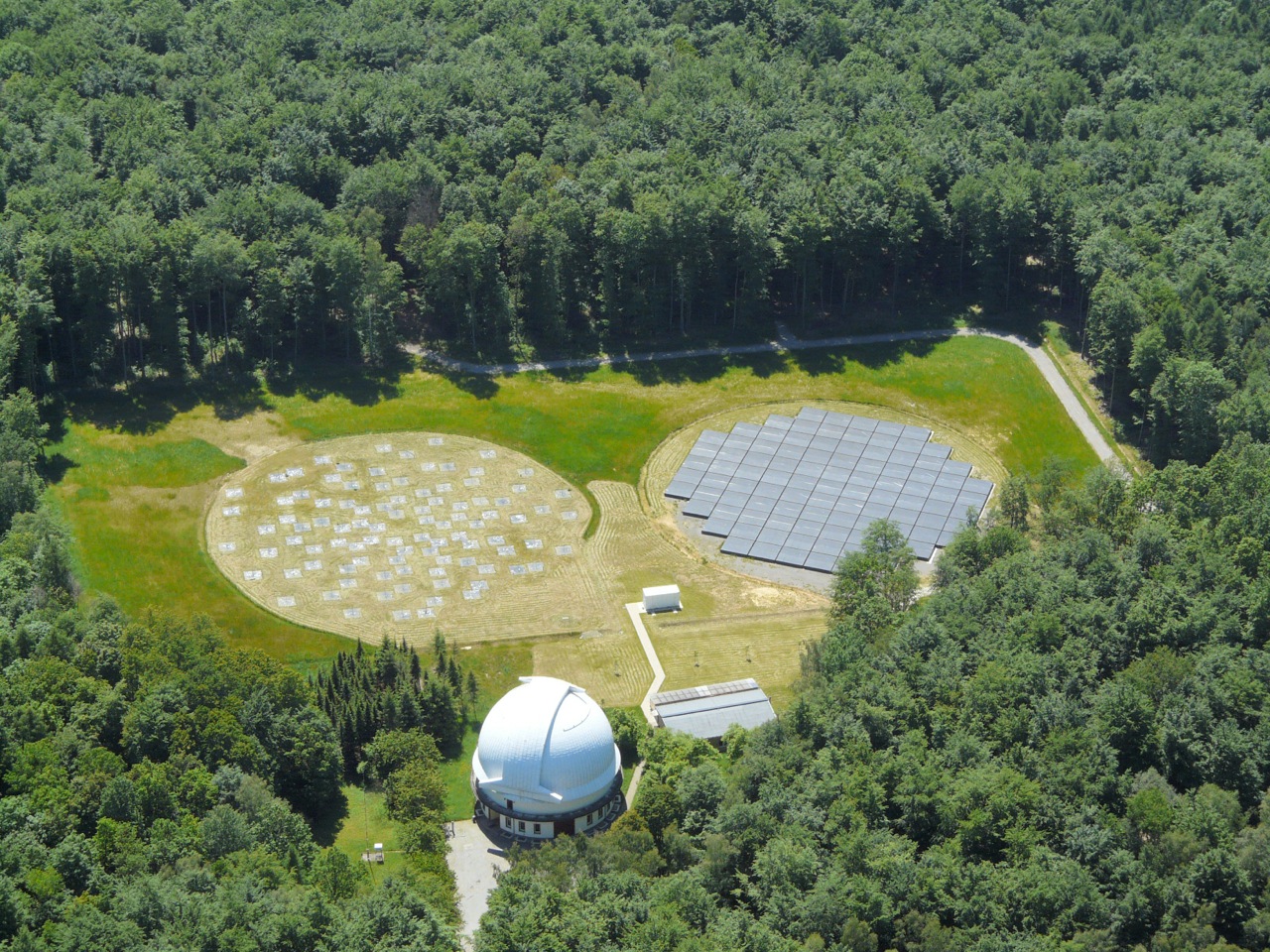
The low frequency array, LOFAR (a pathfinder to SKA), is currently the largest radio telescope operating at low frequencies in the range 20-240 MHz. LOFAR is an international project with stations in several countries including the Netherlands (38 stations), Germany (six stations), France (one station), the United Kingdom (one station), Poland (three stations), Ireland (one station), Sweden (one station) and Latvia (one station), and soon, Italy (one station).
LOFAR observations allow scientists to investigate different aspects of our universe. It enables the study of the early universe, known as Dark Ages, when the first stars were born. Since LOFAR surveys large area of the sky, it allows for the study of galaxies and the environment they live within. And thanks to the high sensitivity and enormous computational power of LOFAR, scientists are able to study fast phenomena which change frequently with time, known as transients, and well as pulsars, the cosmic lighthouses. Other studies involve study of our sun and space weather, as well as understanding magnetic fields in throughout the universe.